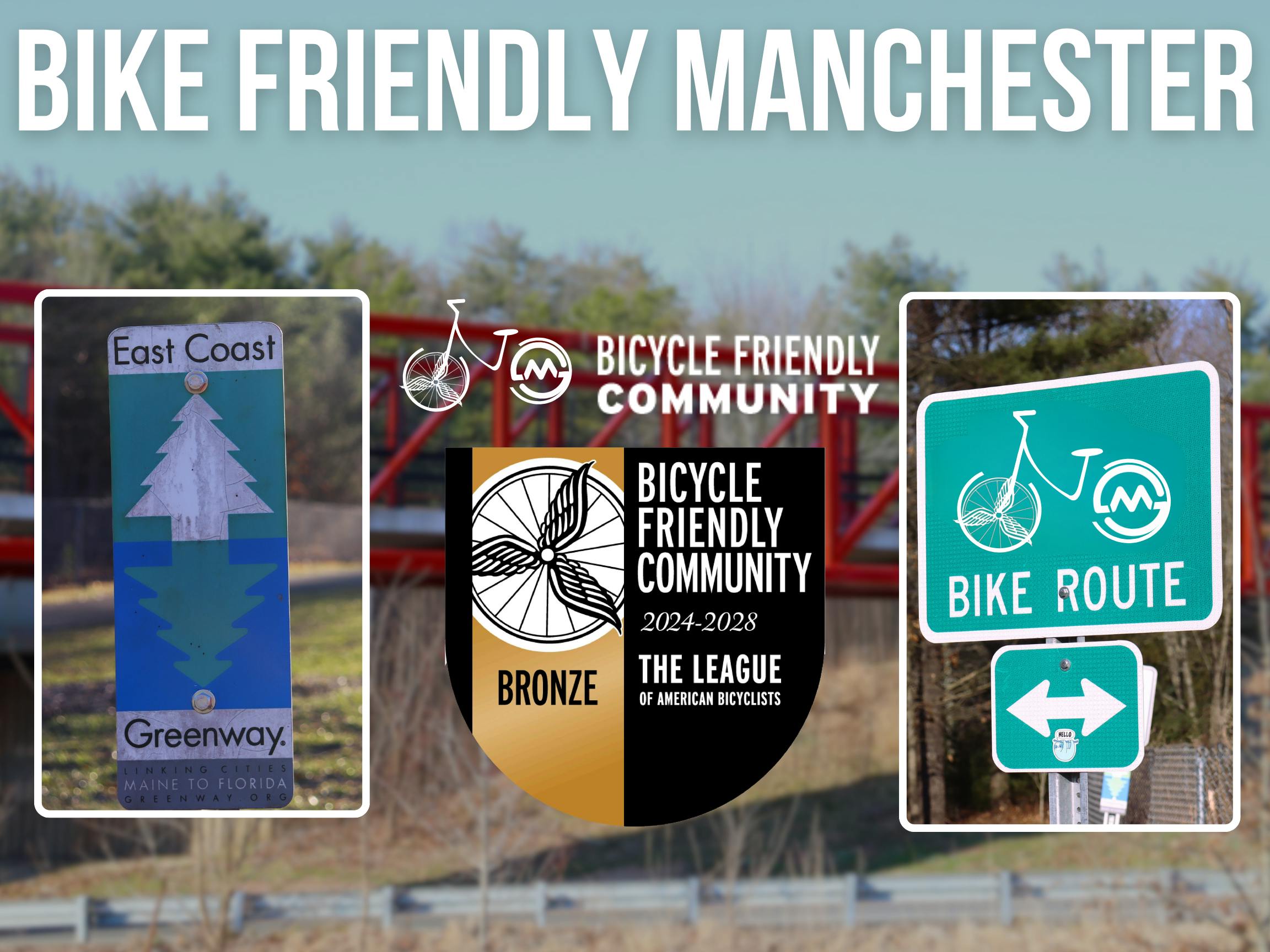Safe Bicycle Riding Skills and Habits

Bicycling is not only a fun and efficient mode of transportation but also a rewarding way to stay active and explore the outdoors. However, ensuring your safety while riding is paramount. By practicing safe bicycle riding skills and adopting good habits, you can enjoy the ride with confidence and peace of mind.
Wear a Helmet: Always wear a properly fitted bicycle helmet whenever you ride. A helmet is your first line of defense against head injuries in the event of a crash or fall. Make sure the helmet sits level on your head, covering the top of your forehead, and fasten the chin strap snugly.
Follow Traffic Laws: Bicycles are considered vehicles and must follow the same traffic laws as motor vehicles. Obey traffic signals, stop signs, and lane markings. Ride in the same direction as traffic, on the right side of the road, and use hand signals to indicate turns and stops.
Be Visible: Increase your visibility to motorists and other road users by wearing bright or reflective clothing, especially during low-light conditions or inclement weather. Equip your bike with front and rear lights, reflectors, and reflective tape to enhance visibility from all angles.
Stay Alert: Pay attention to your surroundings and anticipate potential hazards on the road. Scan ahead for obstacles, pedestrians, parked cars, and turning vehicles. Avoid distractions such as using electronic devices or wearing headphones while riding.
Maintain Control: Maintain a firm grip on the handlebars and keep both hands ready to brake at all times. Ride with a relaxed but attentive posture, keeping your elbows slightly bent and your weight centered over the bike. Practice smooth and precise steering, braking, and shifting to maintain control in various riding conditions.
Watch for Doors: Be cautious when riding near parked cars, especially in urban areas. Watch for occupants exiting vehicles and be prepared to react to opening doors. Leave a safe distance (at least three feet) between yourself and parked cars to avoid potential collisions.
Share the Road: Respect the rights of other road users, including motorists, pedestrians, and fellow cyclists. Give pedestrians the right of way at crosswalks and intersections. Yield to faster-moving traffic when appropriate and maintain a predictable riding pattern.
Be Predictable: Signal your intentions to motorists and other cyclists using hand signals and verbal cues. Use your left arm to signal turns and stops, and communicate your intentions clearly with eye contact and gestures when necessary. Avoid sudden movements or erratic behavior that may confuse or surprise others.
Ride Defensively: Assume that other road users may not see you or may not act predictably. Stay vigilant and be prepared to react to unexpected situations. Leave yourself an escape route in case you need to maneuver quickly to avoid a collision.
Practice Courtesy: Be courteous and respectful to others on the road. Acknowledge drivers who give you the right of way or provide extra space when passing. Thank pedestrians for yielding to you at crosswalks. By fostering positive interactions, you contribute to a safer and more enjoyable cycling environment for everyone.
By incorporating these safe bicycle riding skills and habits into your routine, you can minimize risks and maximize enjoyment every time you ride. Remember that safety is a shared responsibility, and each cyclist plays a vital role in creating a culture of respect and awareness on the road. So pedal safely, ride responsibly, and enjoy the journey to its fullest!


